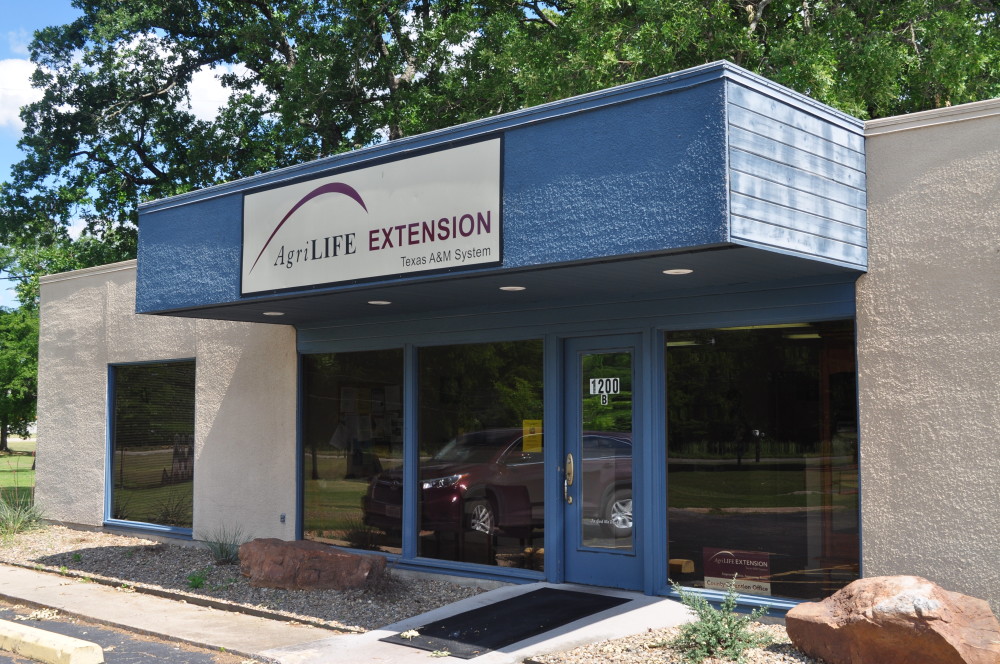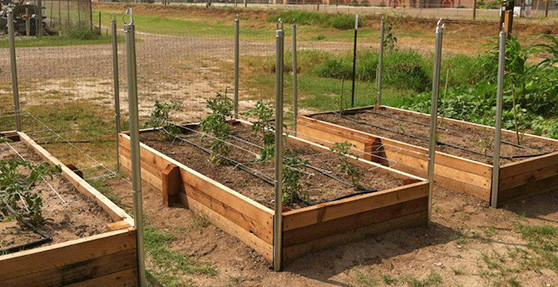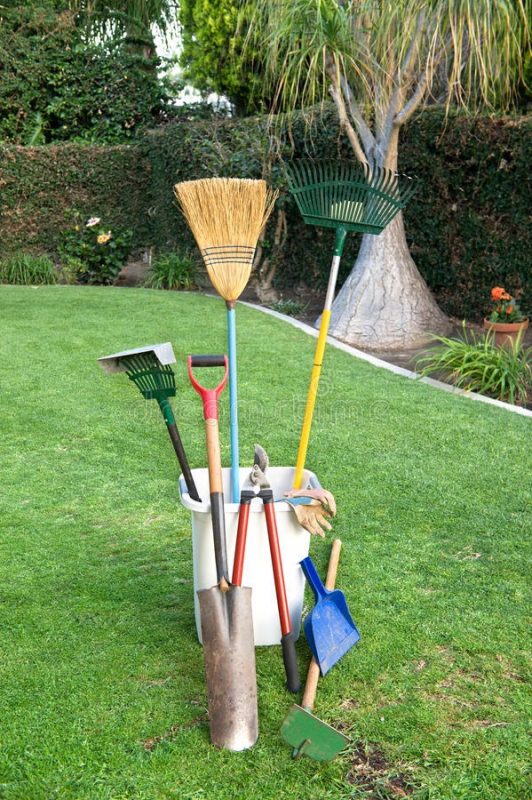Developed by Dr. Mario A. Villarino, County Extension Agent for Agriculture and Natural Resources Hopkins County, Texas

Summer is already here and making a statement. Few days ago I was involved with the District 4 4-H horse show and the intensity of the summer heat was very noticeable both to riders and horses!
We, the “ground crew” noticed it as well. Most of our gardens and crop field are fully planted and waiting to harvest or already in the process.
According to Texas A&M AgriLife Extension support group, the Master Gardeners, the power of the sun is a force man has long tried to harness and put to use. Remember focusing the rays of the sun with a magnifying glass to burn holes in paper?
Plants are unique in that they can actually harvest the sun’s energy in the process of making food. We gardeners can also harness the sun’s powerful energy to help us in our gardening efforts.
There is at least one good thing about our sometimes oppressive summer heat – you can put it to work for you by solarizing your garden soil.

Hence, soil solarization must be done during the middle of summer. Solarization is a simple method to reduce harmful soil organisms, like weeds, nematodes, insects and soil-borne diseases, which will help your vegetables and flowers grow and produce better.
Research has shown that increased vegetable yields gained by solarization are greater than what would be expected from just destroying insect and disease-causing pests. No one is quite sure exactly why this is true, but results consistently show increased yields.
There is evidence that nitrogen is more readily available to plants. And beneficial soil organisms can be favored by solarization. The process works by simply trapping the heat of the sun under clear plastic to pasteurize the upper layer of the soil where most of your plant’s roots are located.
To solarize your garden or flower bed, first prepare the soil. Eliminate all weeds and old garden plants.
Next, rototill the soil as deeply as possible to produce a uniform soil texture. If your soil is too dry to easily work, irrigate, wait a few days and then rototill.

For solarization to work, the soil needs to be moist and damp to allow sun’s heat to penetrate the ground as deeply as possible.
So, give the garden a good soaking before covering it with plastic. An ideal garden setup incorporates drip irrigation under the plastic to maintain soil moisture during solarization and later for watering your garden crops. The plastic used to cover the area should be clear, not black.
Clear plastic lets light energy pass through and then traps it, much like a greenhouse. Black plastic absorbs most of the sun’s heat without letting it pass through to the soil below. 1-to-6 mil plastic will work fine – the thicker the better.

Pull the plastic tight and cover the edges with soil to help keep the soil moist and to prevent strong gusts of wind from blowing it away. Leave the plastic in place for at least a month and the longer you leave it on the better the results.
Two to three months would be ideal, but good short term weed control can be gained in a month. The soil in the top several inches should heat almost to 150 degrees F. which is hot enough to pasteurize the soil and kill many of the harmful organisms.
Apparently beneficial soil organisms bounce back quickly and are not greatly harmed by the treatment.
Keep vegetable gardens and flower beds free of weeds, even when they are not growing a crop. Not only do weeds compete for water and nutrients, but also act as hosts for nematodes. Use nematode-resistant varieties of tomatoes.
Look for the capital letter ‘N’, which stands for nematode resistance, in the series of letters (such as VFN) that follow the varietal name on the tomato tag.
Whether nematodes are present in the soil or not, one of the very best things every gardener can and should do is to maintain high levels of organic matter in the soil. The higher the organic matter, the more likely that organisms antagonistic to nematodes will develop.
Some soil fungi actually trap nematodes with lasso-like strands of hyphae and “eat” them. Turning under a green manure crop such as small grains or legumes several weeks before planting is one of the best ways of increasing organic matter. Cereal or Elbon rye is one of the most highly recommended trap crops for nematode control and should be seeded during mid-October to mid-November.
There are not many good things that can be said about our sometimes blistering summer heat and sunshine, but such conditions are ideal for soil solarization.
For more information on this or any other agricultural topic please contact the Hopkins County Extension Office at 903-885-3443 or email me at [email protected].








